Build A Better Birdhouse: Part 2
I want to design a birdhouse that can change the world. How arrogant! The idea is this: create a birdhouse that meets every need of the birds that will live there. Design it in such a way that it is also appealing to humansóspecifically to inspire them to protect nature and have an appreciation for similar efforts.What are the necessary ingredients to make a no-bullshit birdhouse?
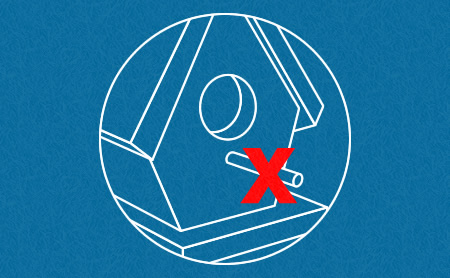
No Perch:
Although the hallmark of many a quaint birdhouse, that stick that comes out just below the hole makes a great hand/foot hold for raccoons, squirrels, and other varmints to easily access the birds within. A physiology that allows flight gives birds tremendous ability to escape predators but also leaves them extremely vulnerable in close quarters encounters.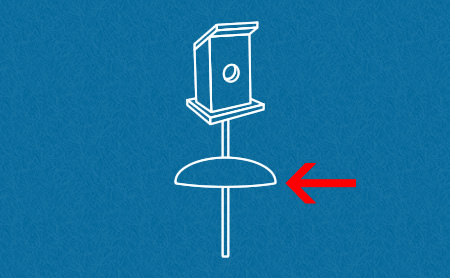
Predator Baffles:
Fastening a birdhouse to a tree allows tree-climbing critters easy access to the house allowing them to take whatever they like: eggs, chicks and even adult birds. Wooden poles are easily scaled by squirrels, raccoons and rats. Experts advocate placing birdhouses on sheer metal poles or placing obstructions on the support structure to discourage climbing access. Some bird house designs also include a canted and deep-eaved roof with the access hole far from the top of the dwelling; discouraging predators from gaining access to the nest from above.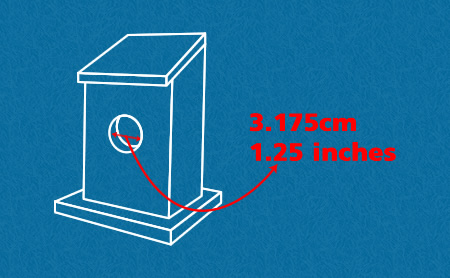
Tiny Access Hole:
Its fascinating to humans that any bird could fit through that tiny bung hole you find in most bird houses but anything bigger than 1.25 inches will allow obnoxious immigrant birds from Europe to bum rush the house; kill any native occupants and take the dwelling as their own.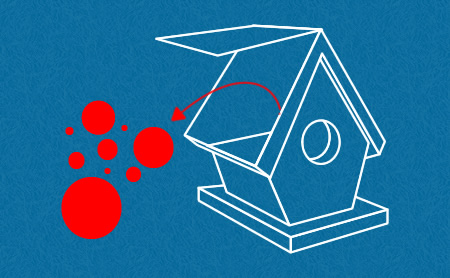
Maintenance/Monitor Hinge:
A serious birdhouse is not a build-it-and-forget-it affair. Like a human dwelling; it must be maintained. Mold, mites, wasps and feces build up and can foul the bird house quickly. Note to self: Get up off your lazy ass and go clean the birdhouse!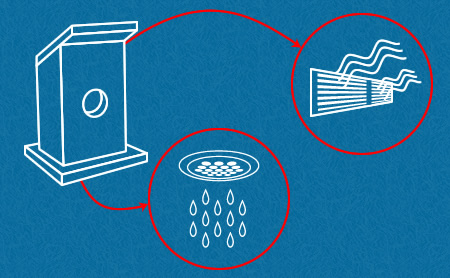
Heat/Drainage Vents:
Heat vents at the top and drainage holes at the bottom will allow excess heat and moisture to dissipate. Heat, moisture, darkness and bird eggs can lead to mold, bacteria, mites or similar ills.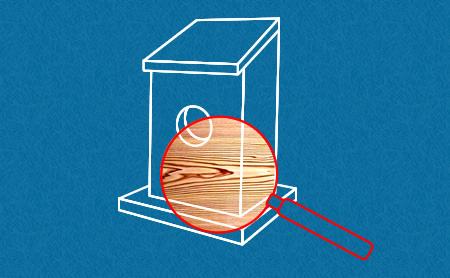
Untreated wood:
Avian physiology has not allowed them the luxury of tolerating all the solvents, chemicals, and inorganic additives that we prefer for our dwellings. Avoid plastics, chemical treated woods or waterproofing materials. Maple and pine are highly recommended.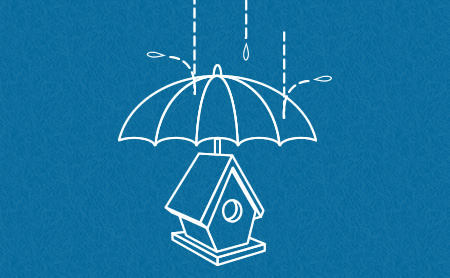
Rain Protection:
Like other warm-blooded animals birds need to find decent shelter from the rain. The bird house should have construction that doesnít allow moisture to seep in. Excess water can cause mold, disease, and lead to hypothermia or even frostbite.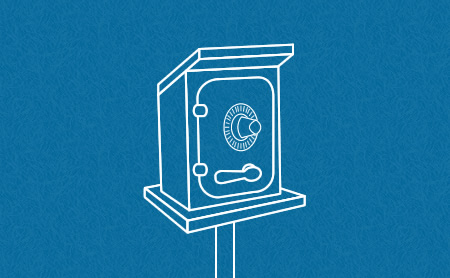
Sturdy Construction/Thick Walls:
Birds are delicate creatures for the purpose of flight. Their dwelling has to be sturdy however to resist predators and tough weather. Since bird house building materials can’t be weather proofed thick walls will help the dwelling to last longer and also regulate temperature.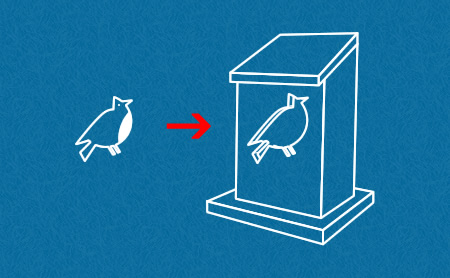
Bird Species:
Probably more important than monitoring the dwelling, different birds have different habitationÖ uhhÖ habits. The bird house should be built for a specific type of bird or a group of bird species with similar housing requirements and body sizes. Specific measures will need to be taken to keep out ambitious predators and Europeans. (I was talkiní bout birds! -What weíre you thinking?)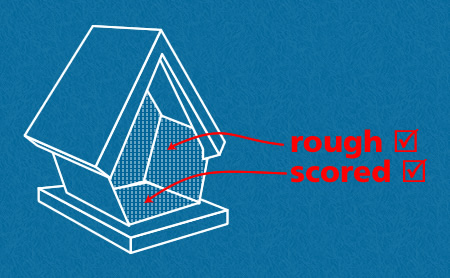
Rough/Scored Interior Walls
What a beautiful birdhouse! And lucky you, the birds actually adopted it as their home! Too bad all the chicks died inside. Smooth /sheer interior walls can make it impossible for the chicks to leave the nest. Who knew? The walls should be rough, ridged, or somehow allow the fledgling birds to climb out.Doing research for this was not difficult. The feedback I was given, however, raises the bar on what Iíll need to create in order to claim success in this pursuit. I also found myself back pedaling a little bit on the Boy Scout bird houses that I took a shit on in my last post. Apparently my idea to build a better birdhouse is not a new one, and the boy scouts have installed a lot of features that my knowledge sources have recommended. None of this matters, though. A bet is a bet. So Iíll build this damn birdhouse since I promised it. Next post, I’ll try to showcase some existing items that might inspire the actual design of this thing.
Build A Better Birdhouse: Part 1
Build A Better Birdhouse Part 3
May 15, 2012Posted in IDEAS, PROJECTS, THINGSTags: Birdhouse, design 4 Comments

4 Comments
VERY informative!!! Best all around Bird house building advice I've seen yet! Thanks, John John Wrobel October 15, 2012 at 12:19 pm
The Many Birds Thank You As Do I... I Will Pass This On To My Pinterest Followers. Cheers My Friend! Mr. DIY Mr. DIY March 25, 2013 at 7:16 am
i do a lot of different bird houses and i pick up some new hints . question ,is it not true that the smaler the hole the smaller the bird you atrace .elmo the bird man. elmo February 24, 2014 at 12:25 pm
That's a great question. From what I've learned there's a lot of different factors. Some birds like nests that are close to the ground. Some like communal nests. Some may prefer a knothole in a tree. Some birds won't nest in a bird house at all. One thing that is certain is that nesting cavities are highly sought after. If you make your opening hole very large you can run the risk of birds like the European Starling taking over that site from a native bird. European starlings are doing quite well in the United States they don't really need anymore help from us. The American sapsucker birds have been declining as a result of the aggressive starlings. Perhaps the a smaller entrance will encourage birds like sapsuckers and thwart the more aggressive species. óNativeBergen February 27, 2014 at 12:06 am